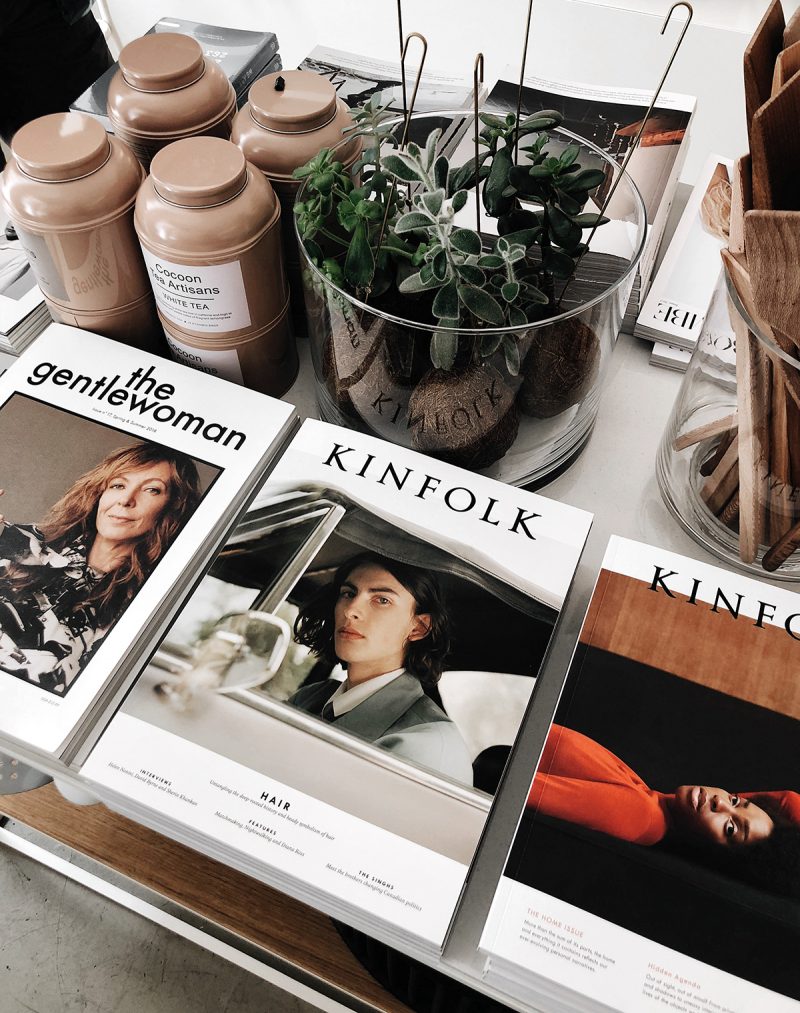 One of my newest obsessions is reading about and researching the concept of wellness and wellbeing.
One of my newest obsessions is reading about and researching the concept of wellness and wellbeing.
This topic is fascinating to me as it’s so closely related to my holistic living concept – improving all aspects of life, from health to physical and psychological in order to achieve that optimal state of wellbeing.
As I said previously, wellness is so much more than elaborate spa trips or the – frankly, totally bullshit – detox treatments. It covers so many dimensions – from exercise, fitness, skin care, and nutrition to joyful experiences, healthy social connections, relaxation, mindfulness, and slow living. And for me, it also means creating and living in spaces that nourish our body and mind.
And I’m totally not alone in putting emphasis on this latter aspect – wellness-centered design and architecture have definitely been gaining momentum in the last few years.
Architects and interior designer all over the world are realizing the utmost importance of designing spaces with people’s wellbeing in mind. This new design ethos realizes that our living and workspaces can greatly influence our physical health as well as our emotional state of mind. Thus it’s important to create environments that stimulate our senses in a good way, that improve productivity or relaxation (depending on the function), and that have health and wellness benefits to the people using them.
This whole connection between aesthetics, the built environment, art, health, and wellbeing has even grabbed the interests of science – more and more fields are studying the neurological foundations of our emotional and physical responses to these things. Environmental psychology, for example, is focused on the interplay between people and their environments (physical, social, and mental).
Neuroaesthetics is another emerging field that combines cognitive psychology and neuroscience and aims at understanding how our brain responds to beauty, art, design, and aesthetics. As soon as we understand the exact mechanism, we can use that knowledge in a variety of fields, from treating medical conditions to creating spaces that incite various emotional responses.
As I said – it’s such a fascinating issue.
I’m fairly convinced that wellness-centric design will become more and more important in the coming years and soon it will be just as important factor in designing spaces as functionality or cost-effectiveness.
But there are things we can do right now as well to turn our home into a small wellness haven. So, I tried to round up a couple of tips on how we can incorporate the concept of wellness and wellbeing into our own home. These are very simple things that can still have enormous impacts on how we feel in our immediate environment.
Let me know what you think of them.
How to give your home a wellness makeover
Use indoor plants to boost your mood and improve air quality
Having lots of greenery in a home is an obvious and easy stimulant to our overall wellbeing and health. They have tons of wellness benefits, from improving the air quality (by taking in carbon dioxide and releasing oxygen) to regulating humidity. They also provide a natural mood-boosting lift and according to some studies can even reduce stress levels, increase memory retention and concentration, and filter out VOCs (volatile organic compounds) and some pollutants.
Not to mention, they are great and inexpensive design elements as well that can jazz up even the most boring or coldest spaces.
Orchids or aloe vera are great for the bedroom because, as opposed to most plants, they emit oxygen even at night. I love smaller succulents for the home office, snake plant or dracaena for the living room, and herbs for the kitchen for an ultimate wellness kick. Don’t forget about the bathrooms either, bamboo, ferns, or a philodendron can transform that space into a wellness retreat in an instant.
Pay attention to the humidity levels
For the most part of the year, my air humidifier is one of the most important items in my home. I cannot emphasize its health and wellness benefits enough. It adds moisture back to the air, prevents skin from being dry or dehydrated, reduces the risk of infections and the transmission of viruses and bacteria, and is also great for sinus health. Here are some additional benefits and how you should use a humidifier.
Designate a zen spot
My favorite spot in my last home was e a small corner nook in my living room. It was next to the windows, so there was ample natural light. This was where my favorite, most comfortable lounge chair was, with a small footstool, and the coziest shrug on it. There was a tall, sleek reading lamp next to it, as well as a small table with books, a candle, and the sound system. This was where I usually read, journaled, or watched Netflix on my computer. This was my zen spot.
And I think everyone should have one. I’ll definitely pay great attention to it when we move to our new home.
Your zen space doesn’t have to be a whole room (though if you have the space, go for it). It can be the corner of the couch or a small nook. It can be at the kitchen counter, in your bathroom with a bath tube and some pampering tools, or outside in the garden. But it must be a happy place, one where you go for relaxation and winding down.
Comfort above all
In my design philosophy, aesthetic and comfort are equally important and definitely go hand in hand, but there are a couple of things where comfort should definitely be a priority: like with the bed mattress, bedding, and the chairs.
Selecting a good mattress is a serious matter, the quality of our sleep can depend on it. There are many options but, in my experience, no universally applicable solutions – you really have to find the one that works the best for you. A lot of brands allow customers to actually select and try the mattresses for a couple of days, I’d suggest using that option – we definitely did.
The bedding is another important thing to take some time on – especially the pillows. They should be tough, but comfortable at the same time. The fabrics are also important to me, I very much prefer natural fabrics like cotton or linen for the bedroom.
Chairs, and especially office chairs should be chosen with the same care – after all, we spend many hours in them all day and no one wishes for a constant backache. In this case, I don’t even care that much about the design – comfort above all. The best options are probably ergonomic chairs (chairs that can be adjusted to fit your body), but it’s best to go with the try and test method in this case too.
Declutter
Clutter can cause anxiety, discomfort, and it should have no place in your home. Try these minimalist home hacks for keeping your home organized and clutter-free all the time.
Use the power of scents
I take scents at my home very seriously – they are an integral part of my wellness routine. You don’t have to be an aromatherapy expert to take full advantage of the many emotional and wellness benefits of scents. And it’s not a pseudoscience: When we inhale aroma molecules they go through the so-called olfactory bulb that is directly connected to the brain and incites strong emotional responses.
Various scents can impact the brain in very specific and unique ways. Some of them are invigorating, others are soothing and calming. Some of them can actually bring back memories and truly alter our mood.
My absolute favorite wellness home tool is probably my essential oil diffuser. It’s the first thing I go to when I wake up and the last thing I switch off before sleep. I use various scents for the particular mood and vibe I’m going for:
+ peppermint for a cold fresh breeze
+ sweet orange or tangerine for a sweet, spicy pick-me-up
+ rosemary or eucalyptus for a big energy boost
+ lemongrass for a fresh, earthy, invigorating smell
+ lavender for relaxation
It’s such a simple wellness trick that still has enormous benefits on our mood and wellbeing (just make sure you buy 100% pure essential oils, not fragranced oils).
Manipulate the light sources
Light is increasingly becoming one of the most important elements in home design: Spaces designed around natural light sources, the increased use of light reflecting materials like glass and metal, smart lighting systems to better match our natural rhythm. And natural light (or the imitation of it) takes the central stage.
Something as simple as natural light can provide a tremendous health and wellness boost. There are numerous studies that emphasize that it improves productivity, alertness, mood, and overall psychological health. It’s also incredibly important to our natural circadian rhythm.
I try to be very mindful of light in my home. I have quite sheer curtains that are usually drawn aside to let in as much sunlight as possible. The first thing I do in the morning (whenever the weather permits) is open all the windows to let sunshine and fresh air in. I also try to work next to the window in as much natural lighting as possible.
Another important thing to pay attention to at home is blue light. This is really not just a simple living fad, it actually can affect our health significantly. Blue light is a specific wavelength that is present in a number of light sources, from the sunlight to light emitting from electronic devices and artificial light (LEDs especially produce a lot of blue light).
Blue light boosts vitality and energy, so it’s important during the day, but can actually be pretty harmful at night as it can suppress melatonin production and totally disrupt our sleep cycles. That’s why it’s essential to leave blue light out of the bedroom as much as we can, which means reduced exposure to the electronics, like tablets, phones, TV, computers, electronic clocks etc. at night and preferably dim lights. I haven’t tried it yet, but some people say red or pink light bulbs are the best choices for the bedroom because they do not affect our sleep like the blue light ones.
Play with textures
I already wrote about how textures can improve the feeling of spaciousness, but I also think they can be important tools for boosting our wellbeing. Especially, if we use different textures at home according to the season. The cooling sensation of silk or linen in the summer, the cozy, warm vibes of chunky knits, cashmere in the winter – switch up your textures in sync with the weather and the mood you’re going for.
Pay attention to colors
How we choose the colors for our home is largely a matter of personal taste and creativity. But it can also greatly influence our mood and wellbeing. The power of colors is well-documented and can be factored into the interior design.
There are some color trends that are more or less generally accepted: neutrals and natural colors are said to be calming (no wonder most spas are a mixture of white and natural), red is stimulating, green is associated with calm and balance, yellow is energizing, blue is cooling, black is dramatic. But I also think that various colors incite different emotional responses in all of us, so it’s wise to factor in personal preferences when choosing colors, instead of just blindly following these color therapy advice.
Even if you cannot repaint all your rooms at once, you can choose some signature items with the right colors for the different spaces, all in line with the designed function and the way you would like to feel in that space.
The small, finishing touches
The things that transform a space into a home are the personal touches. And that’s true for improving the wellness aspects as well. Find what small things make you happy and calm when you look at them, and then fill your home with them. For me, it’s some personal photographs, a white design bowl with fresh fruit on the kitchen counter, and fresh flowers on my coffee table.
Do you have other wellness-centered interior design tips?

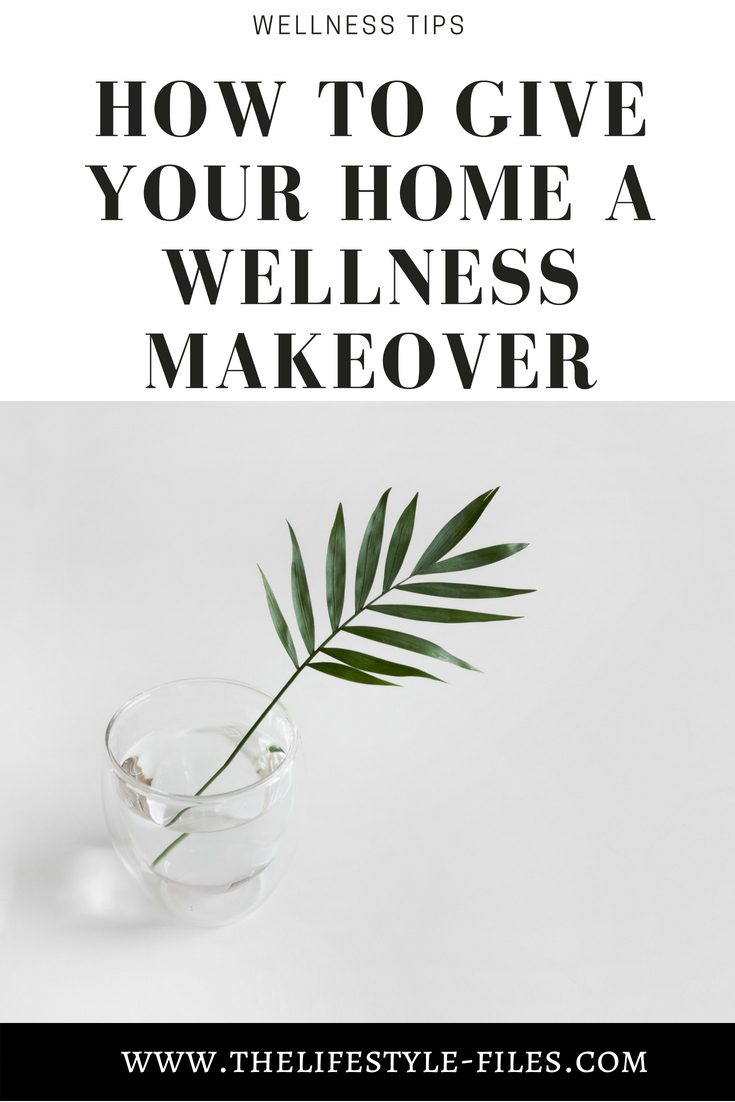
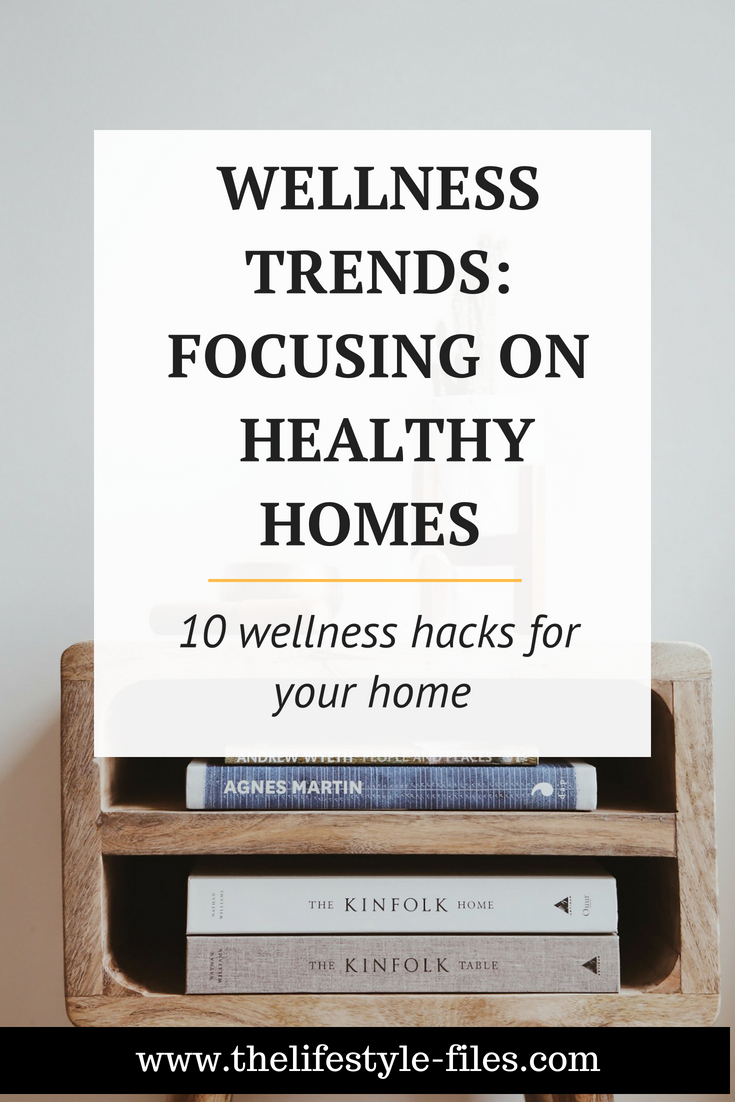
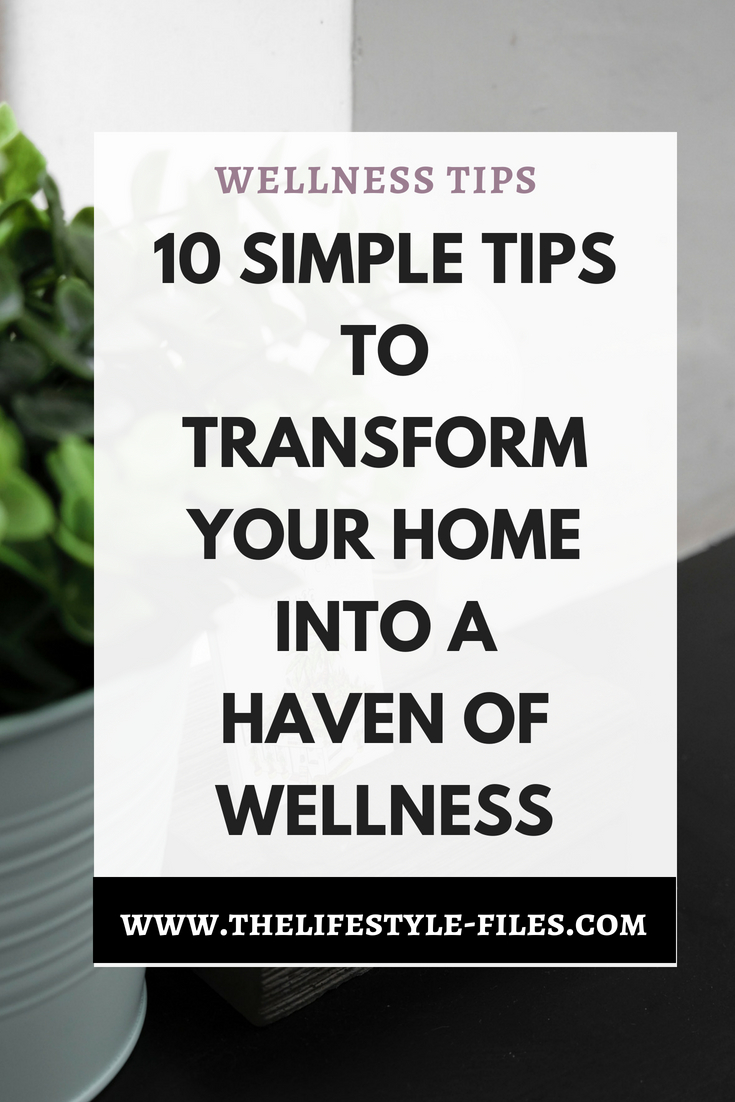
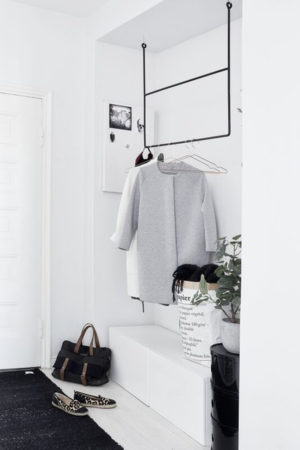
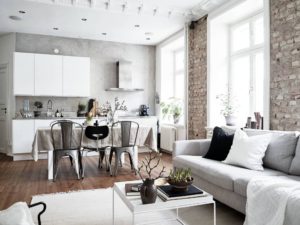
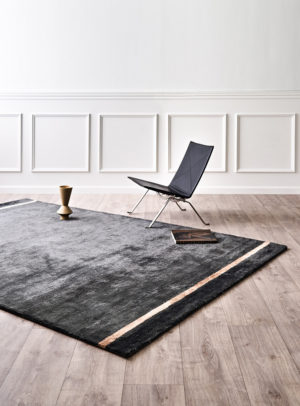
[…] to the EPA, Americans spend approximately 90% of our life indoors. Our physical and emotional health is influenced by the spaces we utilize (think home, office, etc). These spaces should promote […]
[…] to the EPA, Americans spend approximately 90% of our life indoors. Our physical and emotional health is influenced by the spaces we utilize (think home, office, etc). These spaces should promote […]